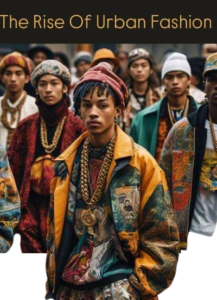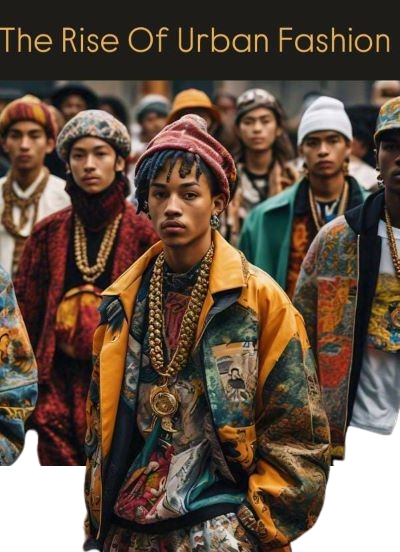The Rise Of Urban Fashion
The Rise of Urban Fashion: A Cultural Phenomenon
Urban fashion explodes onto the scene, merging street style with high-end flair.
Urban fashion’s rise from streets to global phenomenon.
Urban fashion, also known as streetwear, has evolved from a niche style to a global phenomenon, revolutionizing the fashion industry. Born on the streets, this movement has transcended cultural and socio-economic boundaries, becoming a powerful medium for self-expression and identity.
In the 1970s and 1980s, urban fashion emerged in cities like New York, Los Angeles, and London, influenced by hip-hop, graffiti, and skateboarding cultures. It was characterized by oversized clothing, bold graphics, and sportswear elements. Brands like Adidas, Nike, and Champion became staples, often customized with DIY embellishments.
As urban fashion grew, it absorbed elements from various subcultures, such as punk, rave, and surf. Designers like Sean Stussy, Tommy Hilfiger, and Marc Jacobs drew inspiration from these styles, incorporating them into their designs.
The 1990s saw the rise of streetwear as a distinct fashion movement. Brands like Supreme, founded in 1994, and Bape (A Bathing Ape), founded in 1993, became cult favorites. These labels blended high-fashion sensibilities with streetwear’s raw energy, creating a new aesthetic.
Social media’s proliferation in the 2000s and 2010s further amplified urban fashion’s reach. Influencers and celebrities showcased streetwear styles, making it a mainstream phenomenon. Collaborations between high-end designers and streetwear brands, like Louis Vuitton x Supreme, blurred the lines between luxury and street fashion.
Today, urban fashion encompasses a broad spectrum of styles, from athleisure to haute couture. Its impact extends beyond fashion, influencing music, art, and culture. The movement’s DIY ethos has democratized fashion, allowing individuals to express themselves freely.
Urban fashion’s rise also reflects shifting cultural values, prioritizing comfort, practicality, and individuality. As the fashion industry continues to evolve, urban fashion’s influence will undoubtedly shape its future.
